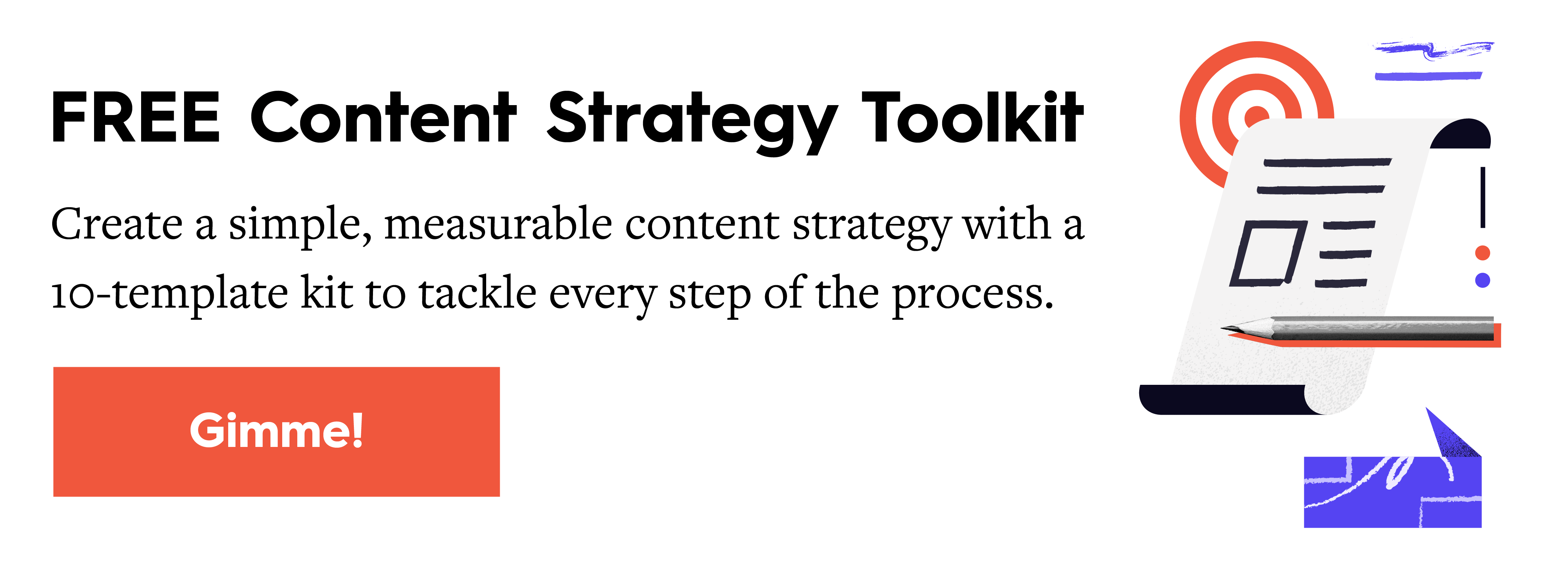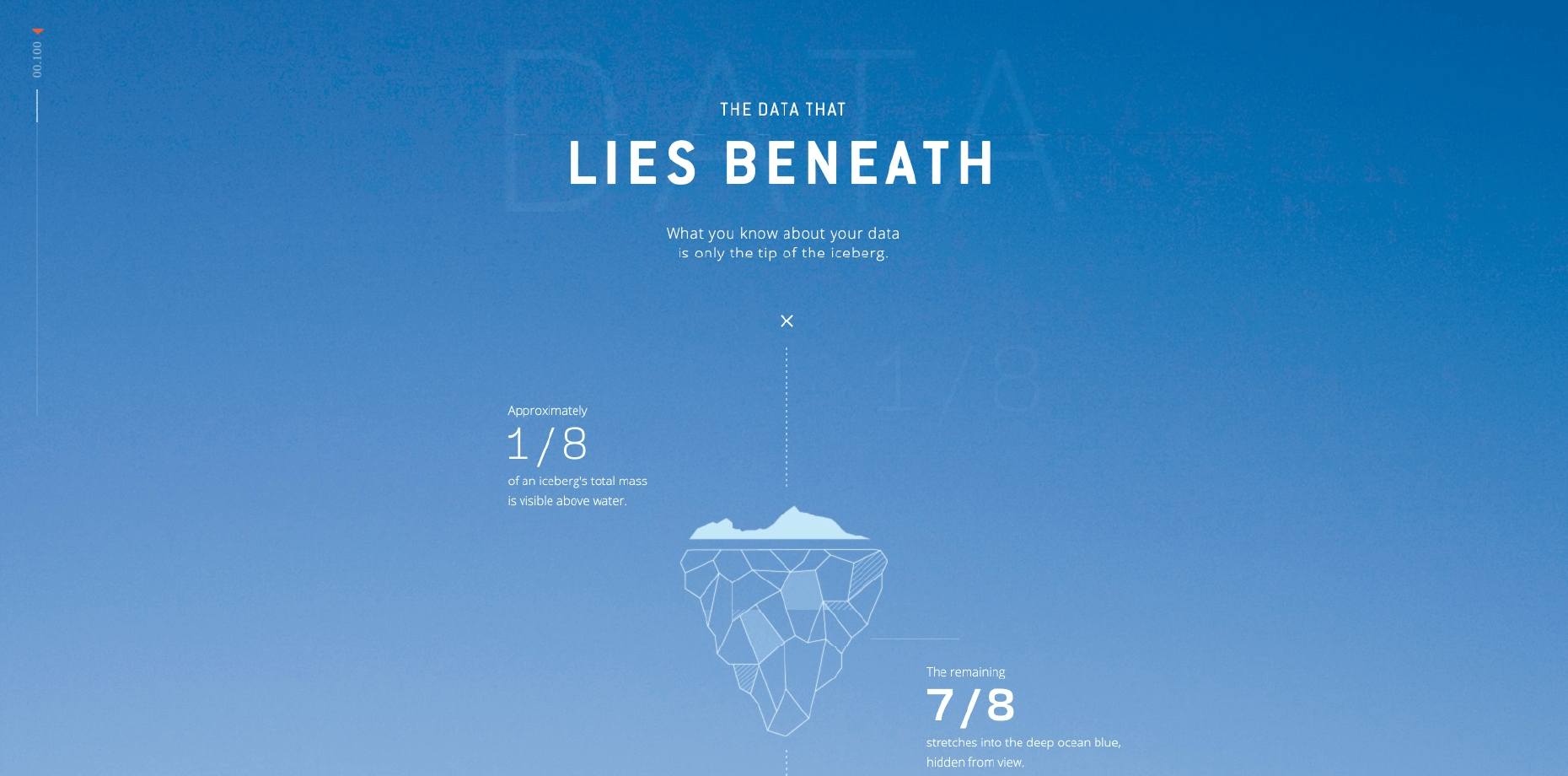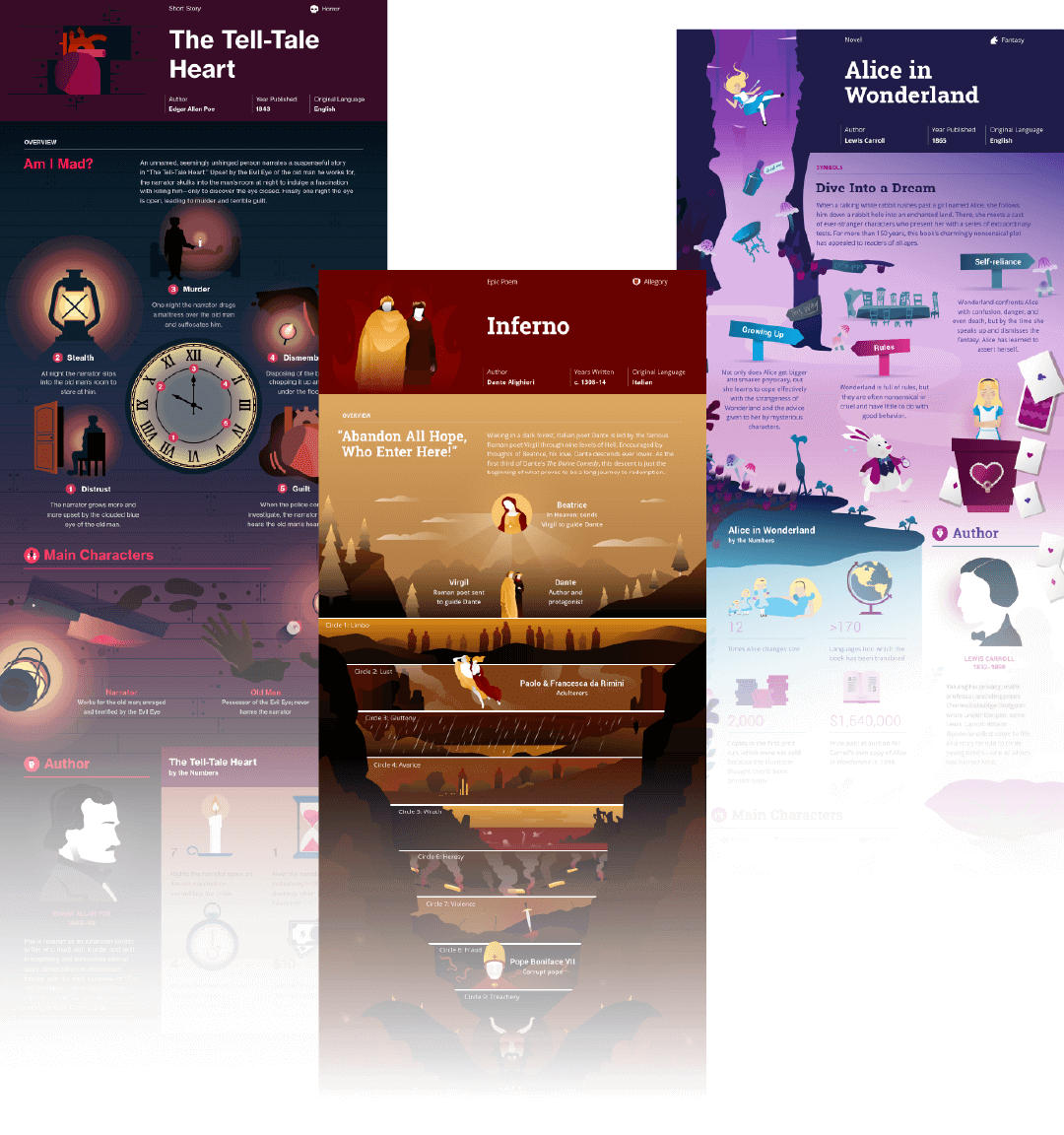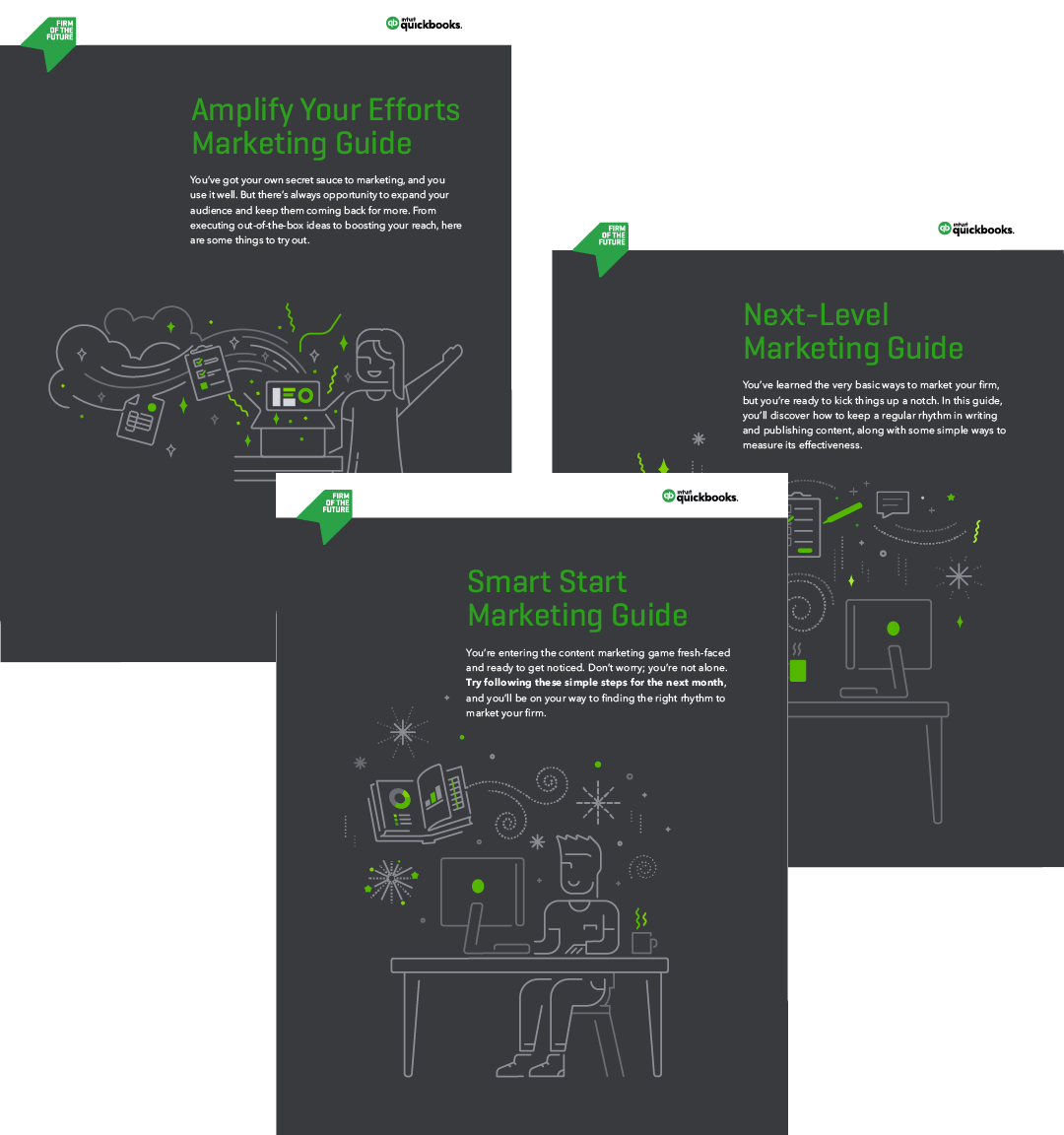Good content marketing is not about content. It’s not about viral videos, in-depth ebooks, or clever tweets. At its core, content marketing is about relationships. It’s introducing yourself to people, engaging with them, and building a foundation. The actual sale comes much later. (Remember: There’s a big difference between sales and content marketing.) As a marketer, your job is simply to work on establishing and growing relationships with people. Your content can be a powerful way to grow these relationships, but it can also alienate people. We know that’s not what you’re going for, so today we’re sharing our best tips to create content that keeps people engaged with (and, ultimately, committed to) your brand.

Why Content Is the Key to Building a Relationship
A good relationship is built on trust and mutual respect. But to earn respect from your audience, you need to demonstrate that you respect them. Luckily, content marketing is one of the most effective ways to do this—if you do it the right way. Unfortunately, this is where a lot of marketers run into trouble.
People experience content shock the minute they log on to the Internet or turn on the TV. They’re assaulted by it—heck, you’re assaulted by it—and the truth is that most of it is bad. What do we mean by “bad content”? It’s the stuff that wastes your time and leaves you feeling frustrated, imposed upon, or unsatisfied. It comes in all sorts of forms.
- It’s a “hot take” on a subject you’ve seen a hundred times already.
- It’s something so dense you have to look up definitions or read another article just to understand what it’s saying.
- It’s a misleading post with a clickbait title that doesn’t actually answer your question.
- It’s a never-ending infographic full of regurgitated facts.
- It’s a video that takes 3 minutes to even start to get to the damn point.
- It’s a cluttered website that makes you hunt for what you want.
- It’s a blog post that starts selling products three lines in.
In essence, bad content doesn’t give your audience what they need or want. It may not seem like a big deal that one person left your blog. But collectively, these negative interactions are proof that you either don’t know or don’t respect your audience. Naturally, people have less attention, less time, and less tolerance for this type of, well, bullshit.
Remember: When people engage with any sort of content, they are spending something. It may be their time, their energy, or their attention. When someone engages with your content, they are trusting that the content will be worth the expense. If you want to build strong relationships, it’s your responsibility to make sure that it will be. The more you deliver value, the more they will come to trust and rely on you—and that is the foundation of a strong relationship. So how do you do that?
5 Ways to Make Good Content Marketing
Whether it’s an infographic, interactive, or simple tweet, every piece of communication should help foster an intimate relationship. If you want to give people the content they want and need, you need to really know the people you’re speaking to.
Before you dive into these content ideas, build your marketing personas (if you don’t have them). This makes it easy to vet your ideas and ensure they’ll resonate with the right people. Now that you’ve done that, you can start brainstorming your ideas. To get you started, here are five ways to create great content that really connects with people.
1) Answer a question.
If you want to know what people are thinking about, go straight to the source. This is one of the easiest ways to create valuable content—and you don’t have to wrack your brain for content ideas.
- Do the research. Shoot a quick email to a customer, or find out what questions people on the Internet are asking (as it relates to your field). Answer the Public is a simple tool to find out what people are searching for.
- Do a Q&A. A quick Q&A on social (heck, even a Twitter poll) can be a great way to dive into people’s brains. Even better, you can compile those questions and answers into a FAQ, guide, ebook, or lengthy article, helping you maximize your content’s reach and efficacy.
Example: Ellevest, a female-centric investment app, creates short videos that answer a finance-related question. These are simple, low-effort ways to engage the community and create content that can easily be shared on social.
View this post on Instagram
2) Educate them.
What do they need to know to solve their problems, enhance their lives, make better decisions, etc.? What subjects can you speak authoritatively on? What are your competitors not talking about? Giving people the knowledge they need is always valuable.
- Identify your main subject pillars. If you’re just starting out, there are plenty of topics that you could cover. Start with three main topics that relate to your brand. Once you’ve filled in those content pillars with educational content, you can create more and do deeper dives within your existing pillars.
- Look at what you haven’t covered. If you’ve been producing content for a while, use our guide to complete a content audit to find out what stories you’re not telling. This exercise also includes a competitor content audit, which can be tremendously helpful to show you what you should be covering—and what no one else is covering. (Those gaps are a particularly notable opportunity to establish yourself as a trusted resource.)
Again, this is another reason why it’s crucial to talk to your audience and find out what matters most to them.
Example: We partnered with Lucidworks to create an interactive that educates viewers about dark data and how enterprises can better manage it.

3) Show them how things work.
It’s often easier to show someone how to do something than tell them how to do it. Visual content is especially helpful here, as it lets you walk people through a step-by-step process.
- Share a tutorial. A simple visual guide or video is a great way to show people how to do something quickly.
- Create an explainer. If you want to show people how your product works, or describe the benefits, an explainer video is the way to go. They’re short, they’re engaging, and they’re effective.
For more inspiration, see our guide to create an effective explainer video, and check out these examples to see what great explainers look like.
Example: We even made an explainer videos on explainer videos to explain exactly why they’re effective.
4) Save them time.
The one thing you can’t buy is time, and you’re bound to feel frustrated when someone wastes yours. With good content marketing, you can help people feel like their time is well spent—and even save them some time in the process.
- Condense a topic. The content you create can deliver information quickly and effectively. A quick video or handy infographic that breaks down information simply can be invaluable.
- Create a beginner’s guide. When you’re starting to learn about a subject, it can feel overwhelming to research all the information. Presenting something they need to know in a simple, succinct package is a lifesaver.
Find out more about how visual content can help you communicate complex information effectively.
Example: We helped Course Hero create 200+ infographic study guides to help students learn more effectively. Each infographic distilled the highlights of a famous novel, essentially functioning as a visual CliffsNotes.

5) Give them a tool.
It’s helpful to teach someone something. It’s helpful to show someone how to do something. But it’s super helpful to give them the tool, support, or resource to actually do it.
- Offer resources. Templates, checklists, study guides, and other documents are great resources for your audiences.
- Create an interactive tool. Things like quizzes, calculators, locators, etc. can make it easy (even enjoyable) to get the information you need.
Example: Knowing that accountants at small firms often struggle to market their services, Intuit asked us to help create an interactive quiz that would provide a custom marketing plan to grow their business.

For more ideas, check out these 10 tips to create valuable content, and get inspired by these great examples of good content marketing from B2B & B2C brands.
Refine Your Content Strategy
To truly win at content marketing, all you need to do is give them something that is worth their time—every single time. If you want more ways to do that….
- Ensure your content strategy is aligned to your larger goals. Follow our guide to create a content strategy that actually works.
- Use empathy. The more you understand your audience’s needs, the better you can serve them. Check out some of our favorite examples of empathetic content marketing in action.
- Experiment often. Try these 10 ideas to create fresh content marketing.
And if you’re feeling stuck, turn to the pros. Try these tips to find the right agency for you, or hit us up. We’d love to chat.






When I starting a jacket brand and I follow this ways for content marketing It help me lot to grew my business. God bless you